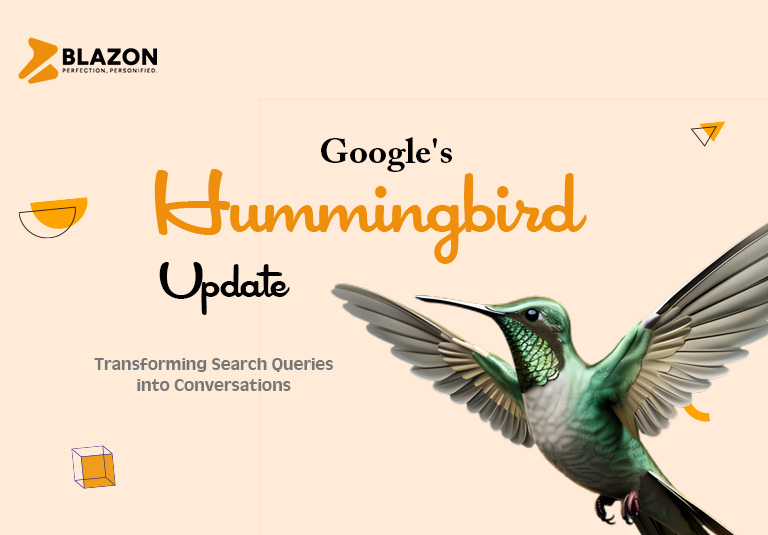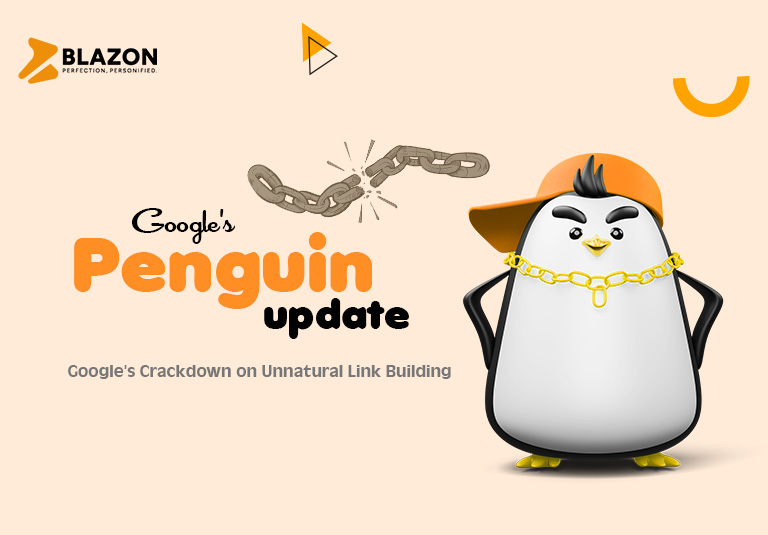In February 2011, Google rolled out the Panda update, marking a significant milestone in its ongoing battle against low-quality content and spammy websites.
This algorithmic update, named after Google engineer Navneet Panda, aimed to reward websites with high-quality, valuable content while penalizing those with thin, low-value content.
Let’s delve deeper into the key aspects of the Panda update and its impact on the world of search engine optimization (SEO).
The Birth of Panda
Before the Panda update, Google’s search results were inundated with content farms – websites that churned out large volumes of low-quality, keyword-stuffed content in an attempt to manipulate search rankings.
These content farms often provided little to no value to users, cluttering search results and undermining Google’s mission to deliver high-quality, relevant information.
The Panda update was Google’s response to this growing problem.
It introduced a new algorithm that used machine learning and human quality raters to assess the quality of web pages and adjust search rankings accordingly.
Websites with high-quality, original content were rewarded with higher rankings, while those with thin, duplicate, or spammy content saw their rankings plummet.
Impact on the SEO Landscape
The Panda update sent shockwaves through the SEO community, forcing webmasters and SEO professionals to reevaluate their strategies.
Suddenly, it wasn’t enough to simply pump out large volumes of content stuffed with keywords – quality now took precedence over quantity.
Webmasters had to focus on creating original, valuable content that addressed the needs and interests of their target audience.
This meant investing in research, writing, and editing to produce content that was informative, engaging, and well-researched.
Keyword stuffing and other black-hat SEO tactics were no longer viable strategies, as Google became increasingly adept at identifying and penalizing such practices.
Navigating the Post-Panda Landscape
In the aftermath of the Panda update, user experience became a key priority for webmasters and SEO professionals.
Google’s algorithms began to place greater emphasis on factors such as site speed, mobile-friendliness, and user engagement metrics like bounce rate and time on page.
To succeed in the post-Panda landscape, webmasters had to optimize their websites for a seamless user experience.
This meant improving site speed, optimizing for mobile devices, and creating intuitive navigation pathways that made it easy for users to find what they were looking for.
Additionally, webmasters had to prioritize content quality, ensuring that every piece of content added value and relevance to the user experience.
Conclusion
The Panda update represented a turning point in Google’s approach to search quality and relevance.
By prioritizing high-quality, original content, Google aimed to provide users with a more valuable and satisfying search experience.
As we continue to navigate the ever-evolving landscape of SEO, the lessons learned from the Panda update remain as relevant as ever – prioritize quality over quantity, and success will follow.














